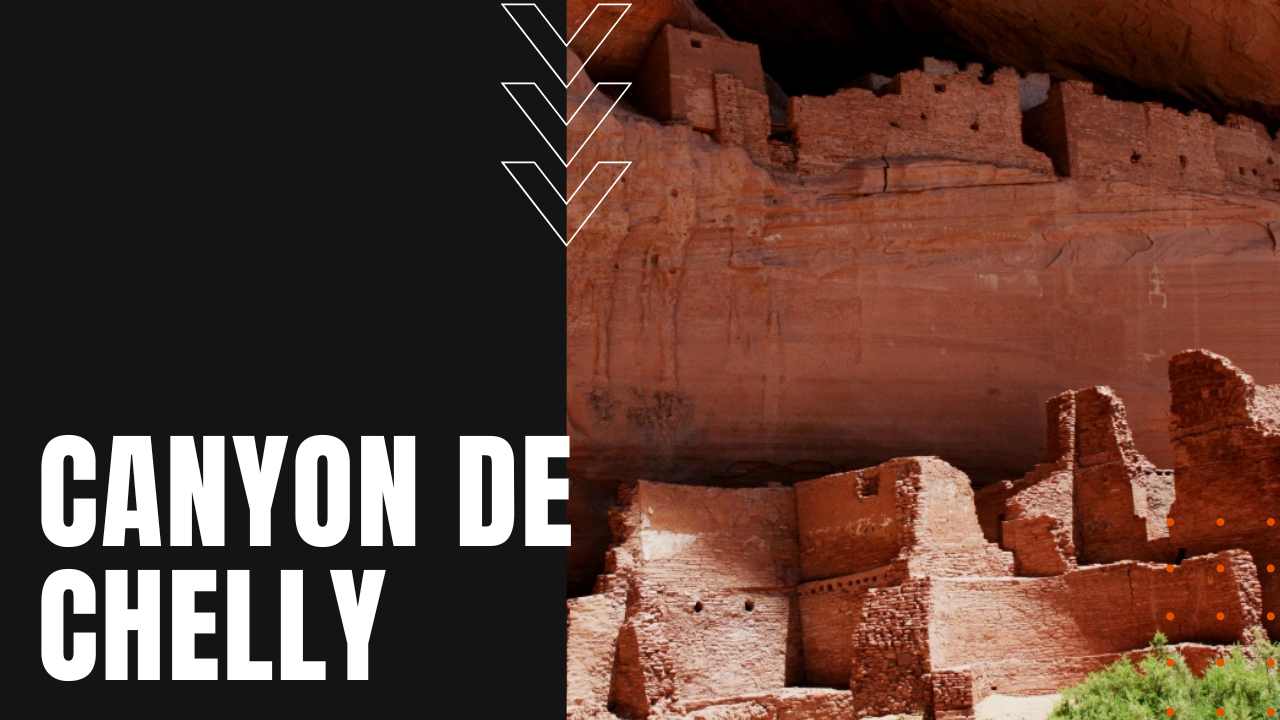Canyon de Chelly

Nestled within the 27,430 square-mile Navajo or Dine Nation, Canyon de Chelly was established as a National Monument on April 1st, 1931, intended to preserve and protect the spiritual homeland of the dine people.
Comprised of three major canyons—de Chelly, del Muerto and the Monument—the canyon’s stunning features were cut by rivers that headwatered in the Chuska Mountains, just east of the national park.
Lineage and acreage of Canyon de Chelly
Canyon de Chelly, which in the Dine language translates to “inside the rock,” reflects one of the longest continuously-inhabited landscapes in North America, beginning with the Ancestral Puebloans or Anasazi to the Dine people of today.
Clocking in at 83,840 acres, the Dine people inhabited the canyon and surrounding flatlands until it was invaded by troops led by future New Mexican governor Lt. Antonio Narbona in 1805. 58 years later, Col. Kit Carson sent troops through the canyon during the long and intermittent Indian Wars, destroying hogans or summer shelters before killing 23 Native Americans along with Dine crops and orchards, giving the Canyon del Muerto or “canyon of death” its name. The resulting demoralization of the Dine people led to their surrender and removal to Bosque Redondo in New Mexico.
Canyon de Chelly National Monument
Owned entirely by the Navajo Tribal Trust of the Navajo Nation, Canyon de Chelly is the only National Park Service location that isn’t owned and solely managed by the federal government. About 40 Dine families call the park home, and while access to the canyon floor is reserved for the Dine people only, visitors are allowed to transit the floor only if they’re accompanied by a park ranger or an authorized Navajo guide.
As for the Navajo Nation that remains home to the canyon, of the approximate 332,000 tribal members, 173,000 members live within the boundaries of the Dine Nation, which is larger by area than 10 U.S. states put together, including West Virginia, Maryland, Hawaii, Massachusetts, Vermont, New Hampshire, New Jersey, Connecticut, Delaware, Rhode Island and the Commonwealth of Puerto Rico, making the Canyon de Chelly a must-see wonder of the American southwest.
